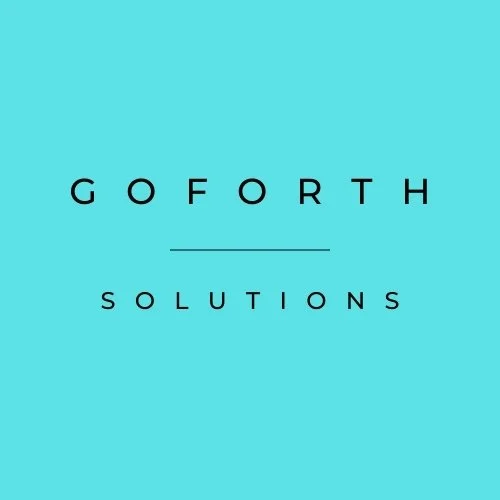The Risk Test shows how well you manage uncertainty
/The Cognitive Reflection Test (CRT) is a set of three simple questions designed to predict whether you will be good at things like managing uncertainty. Each question has an intuitive –and wrong –response. Most people need a moment to get the right answer.
Here are the three questions:
1. A bat and a ball together cost $1.10. The bat costs $1.00 more than the ball. How much does the ball cost?
2. If it takes 5 machines 5 minutes to make 5 widgets, how long would it take 100 machines to make 100 widgets?
3. In a lake, there is a patch of lily pads. Everyday, the patch doubles in size. If it takes 48 days for the patch to cover the entire lake, how long would it take for the patch to cover half the lake?
Shane Frederick, assistant professor at Massachusetts Institute of Technology's Sloan School of Management, devised the test to assess the specific cognitive ability that relates to decision‐making. It has an amazing correlation with people’s ability to evaluate risky propositions and to sort out the time value of money. (A dollar today is worth more than a dollar in the future because today’s dollar ears interest.)
For example, those who incorrectly answered the first question thought that 92% of people would answer it correctly. Those that did answer it correctly thought that 62% would get it right. The ones who answered instinctively, and therefore incorrectly ‐ have an over‐inflated sense of confidence, misreading the difficulty of challenges. We have a natural tendency toward overconfidence and bias. Researchers say people consistently overrate their knowledge and skill.
Consider these two alternatives: Would you rather receive $3,400 this month or $3,800 next month?
The second choice is better. It is the same as getting 12% interest in only a single month. Of the people who got all three questions right on the CRT, 60% preferred to wait a month. Of the people who got all three questions wrong on the CRT, only 35% preferred to wait.
In other words, people with higher scores indicated a greater tolerance for risk when the odds where in their favor.
This is shown by another option offered to participants. People were asked which they would prefer, $500 for sure or a gamble in which there was a 15% chance of receiving one million dollars and an 85% chance of receiving nothing.
Most of the people who scored zero on the CRT took the money while most of those who scored a perfect three on the test took the gamble. The later group instinctively understood the concept of the expected value, which is the sum of possible values, multiplied by its probability (15% of $1 million plus 85% of zero equals $150,000). The gamble is well-worth the $500, but many people don’t naturally see it that way. They are basing their decisions on emotions rather than logic.
This can be seen in what’s known as the Prospect Theory developed by two psychologists, Daniel Kahneman and Amos Tversky. They found that people take greater risks to avoid losses than they do to earn profits because the pain of losing is greater than the joy of winning. That’s why people hang onto stocks and other investments (including people) when they should have let go of them long ago.
Oh, and the answers to the CRT?
1. Five cents, not ten cents.
2. 5 minutes, not 100 minutes.
3. 47 days not 24 days.
Read the original study here.
